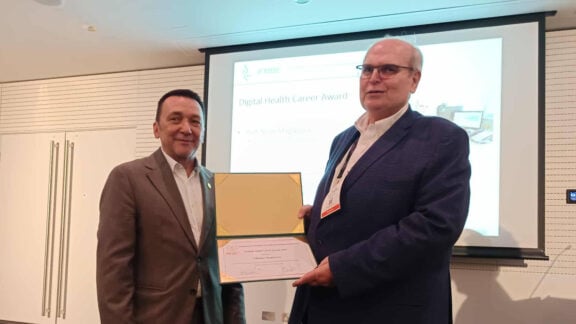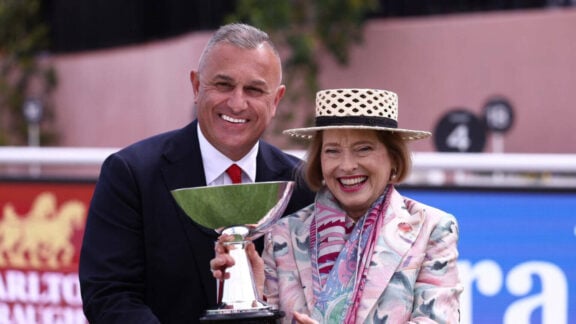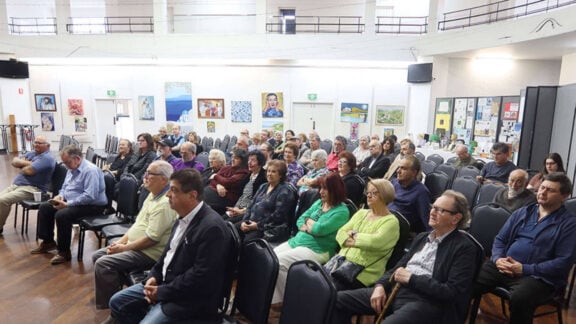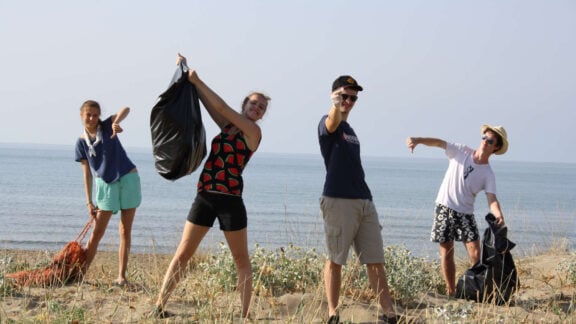More than 7,000 “vulnerable” patients in Victoria will be be able to undertake elective surgery as part of the state government’s $60 million funding to both public and private hospitals for this purpose, in a bid to free up capacity in facilities ahead of what are believed to be challenging times.
“We know when the COVID-19 pandemic reaches its peak our hospitals are going to be busier than ever,” Health Minister Jenny Mikakos said noting the peak of the pandemic was “only a few weeks away.”
“So it makes sense to get as many patients as possible into elective surgery now while we can.”
The Andrews government has announced a $100 million package to help the hospital system better prepare.
Apart from the $60 million channelled to non-urgent surgeries, $30 million is set to be used for opening 140 extra beds at the new Casey Hospital inpatient facility, with 12 intensive care beds included, while $10 million will be spent on protective equipment for health workers.
The number of diagnosed cases in the state amount to 57, with eight identified on Saturday.
Meanwhile, New South Wales saw its single largest surge in confirmed cases with 22 new cases taking the state total to 134.
READ MORE: Life on “coronavirus hold”? At least you’re not alone…
Federal Government steps up measures
Australia-wide the number of confirmed COVID-19 cases have surpassed 250, with Prime Minister Scott Morrison introducing today measures in line with New Zealand’s updated policy for overseas arrivals.
“I just want to be clear about the travel restrictions I have just announced. All people coming to Australia will be required, will be required, I stress, to self isolate for 14 days. This is very important. ”
The Federal Government has also endorsed advice to introduce social distancing measures, including telling people not to engage in handshakes.
READ MORE: Coronavirus effect shakes the foundations of the sports industry
Meanwhile, Australia’s Chief Medical Officer Brendan Murphy said lockdowns are a potential as cases rise in the country.
However, according to the latest announcements, school closures are not coming into effect.
What happens in the rest of the world at a glance
Latest figures report 228 confirmed cases in Greece, with 57 hospitalised, while there are three deaths so far.
Europe has been recently named by the World Health Organisation the current epicentre of the pandemic with the Spanish government having officially declared a state of emergency over the coronavirus.
The announcement by Spain’s PM Pedro Sánchez,came on Saturday evening, following France enforcing closure of “non-essential” public places.
Spain has now surpassed 6,390 confirmed cases, with Germany and France nearing the 5,000 mark, while Italy has reached at least 21,157 according to latest figures.
“Europe has now become the epicentre of the pandemic, with more reported cases and deaths than the rest of the world combined, apart from China,”head of WHO, Dr Tedros Adhanom Ghebreyesus said on Friday.
“More cases are now being reported every day than were reported in China at the height of its epidemic.”
At least ten European countries have put in place border closures, including Denmark, Austria, Slovakia, Ukraine, Hungary, Poland and the Czech Republic
A state of emergency has also been enforced in Libya, while the number of African countries with coronavirus cases has risen.
Amongst them reporting their first COVID-19 cases were Rwanda Seychelles and the Central African Republic.
With 44 cases confirmed, Argentina is the latest country to enforce a travel ban, not allowing entry to non-residents.
Globally, total cases confirmed amount to at least 156,396 with 5,833 recorded deaths.









